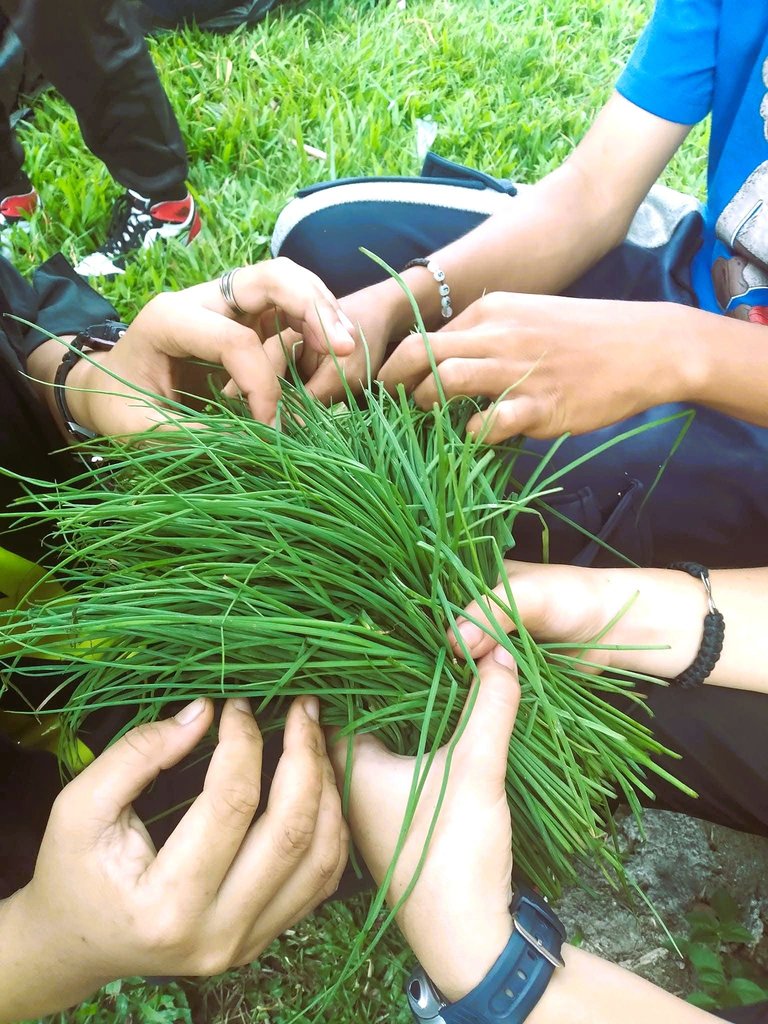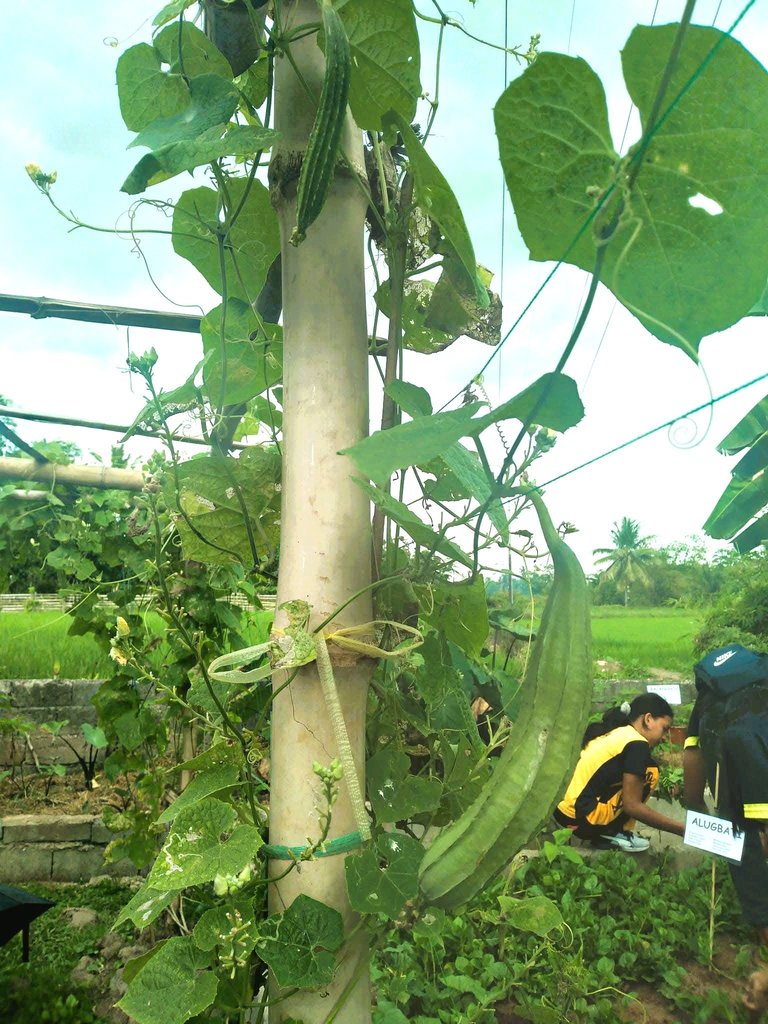Hello HIVERS, it's me again @jeanieviv84.
For today’s blog, I’d like to share one of my passions – gardening. I’ll talk about how I combine teaching and gardening in school, turning the garden into a space for both learning and growth.
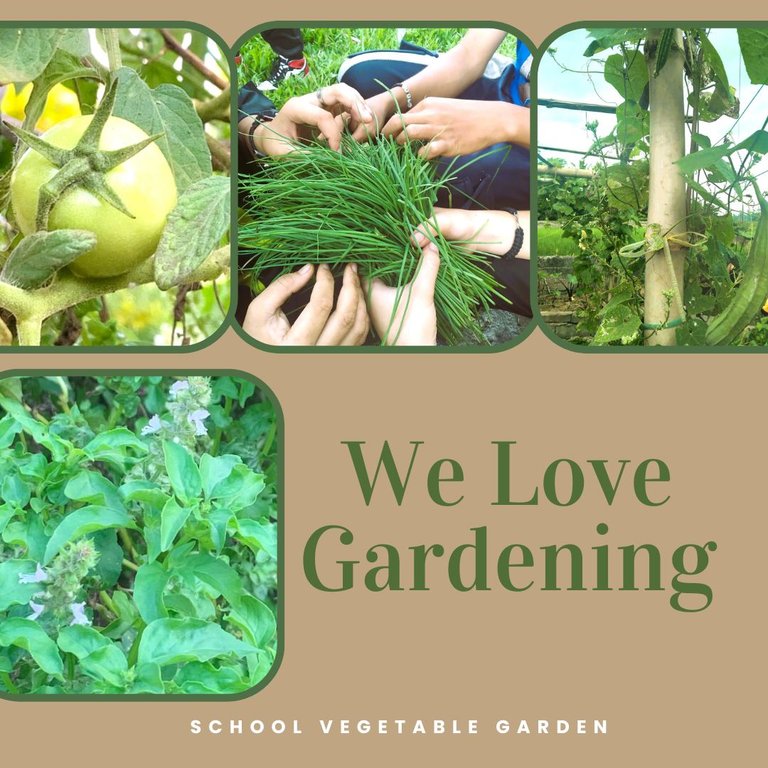
Gualayan sa Paaralan, or School Garden, is more than just a patch of land; it's a vibrant space where students learn, grow, and enjoy the fruits (and vegetables) of their labor. This initiative, which is part of a program by the Department of Education (DepEd) in the Philippines, encourages every school in the country to have a vegetable garden. The goal is to provide fresh produce for students while also offering a hands-on learning experience.
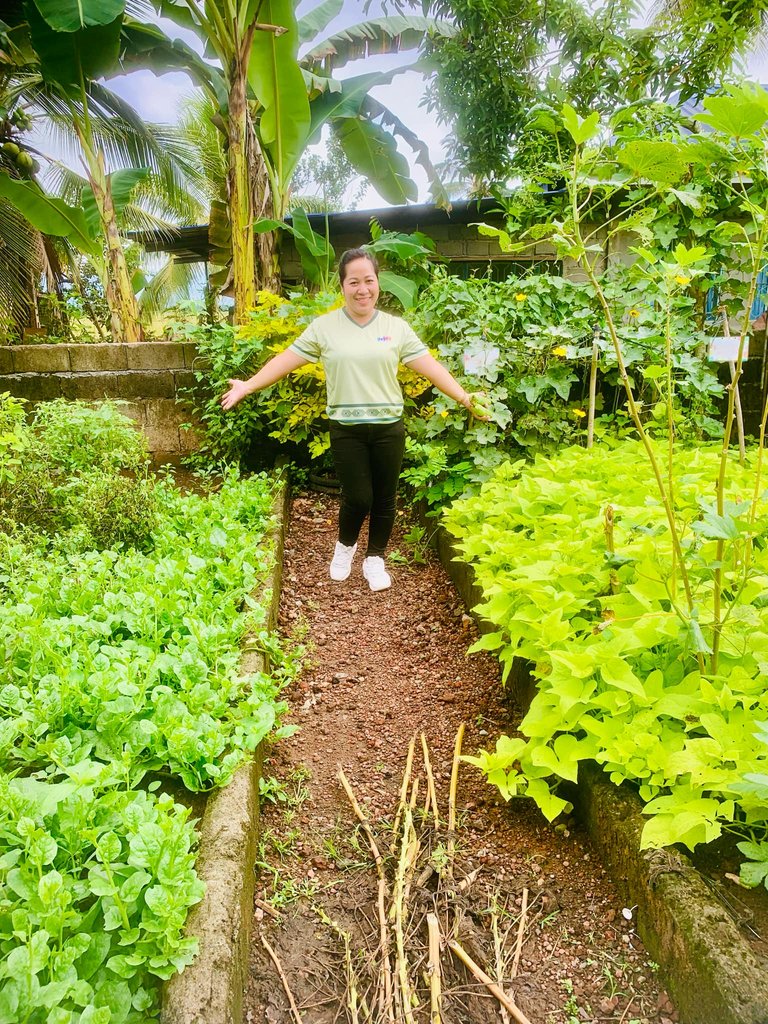
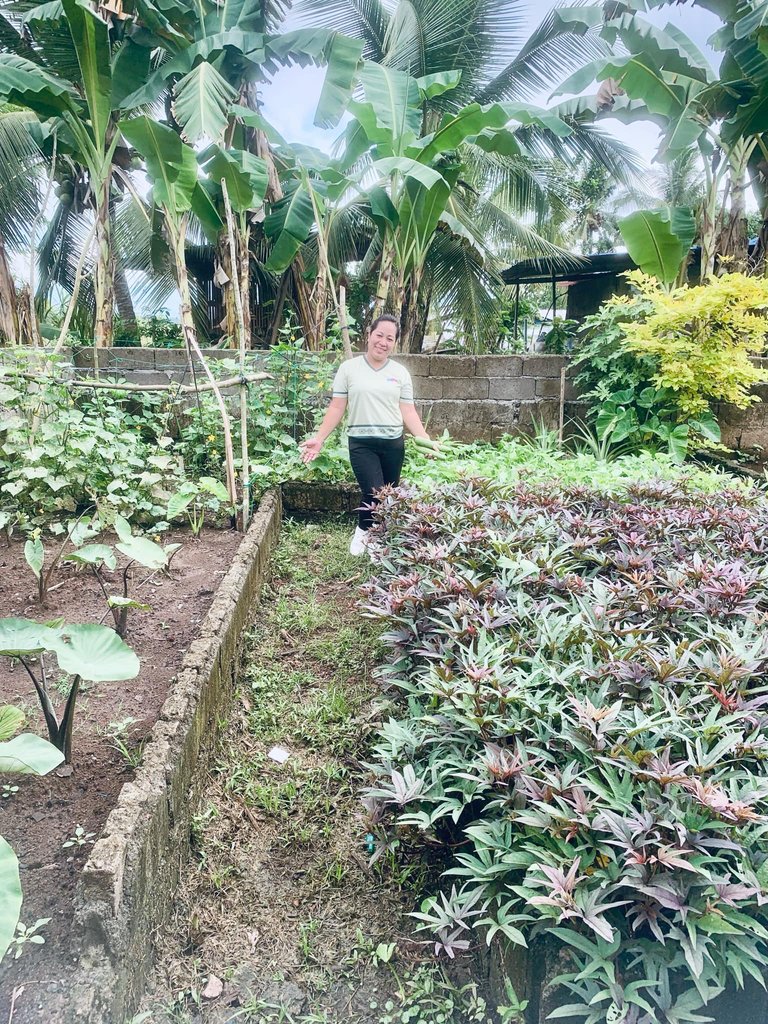
Our school garden is a sight to behold. It is a lush, green space filled with various vegetables, such as bitter gourd, bottle gourd, tomatoes, ladies’ fingers (okra), cucumbers, spinach, bell pepper, spring onions and other green leafy vegetables. These plants are neatly arranged in concrete plant beds, which not only keep everything organized but also add a touch of beauty to the garden. The vibrant colors of the vegetables against the rich green leaves make the garden an inviting space for everyone.
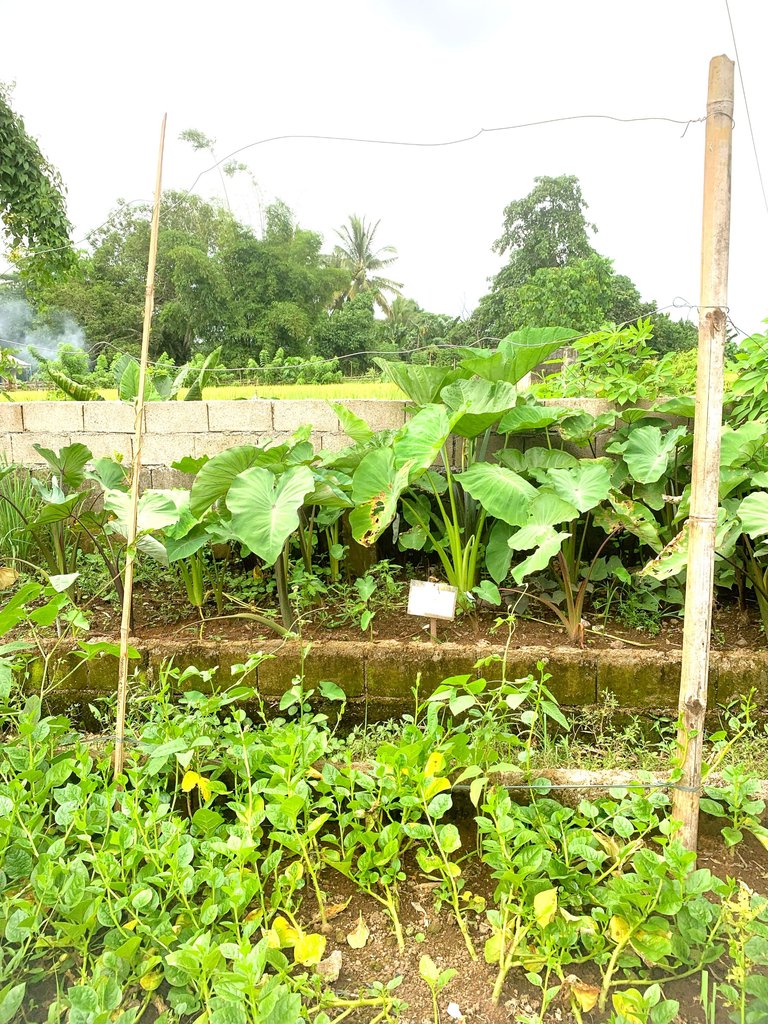
What makes our garden truly special is the involvement of the students. They are the ones who take care of the garden from start to finish. From preparing the land and planting the seeds to taking care of the plants as they grow, the students are hands-on every step of the way. They learn valuable lessons in responsibility, patience, and teamwork, all while experiencing the joy of seeing their hard work pay off as the plants grow and flourish.
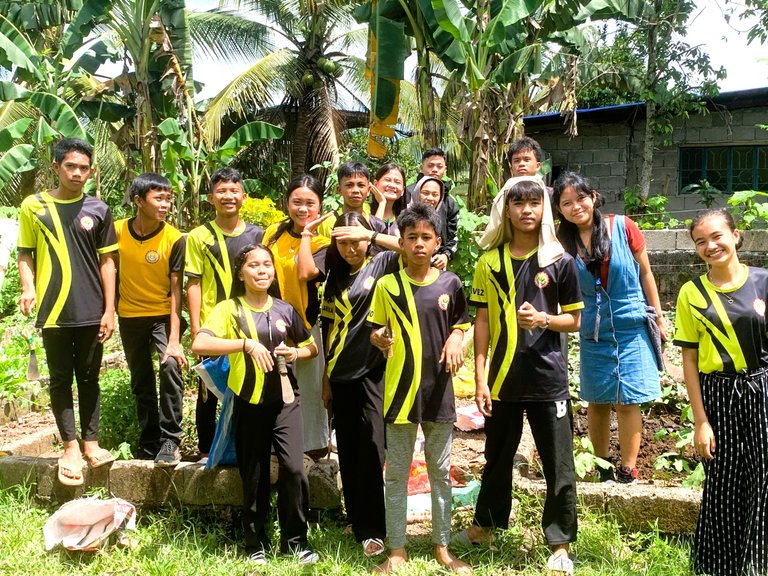
One of the things that makes our garden stand out is the use of organic methods. We do not rely on harmful chemicals or artificial fertilizers. Instead, we use organic fertilizers such as animal manure and compost, which enrich the soil naturally. This helps keep the plants healthy and the environment safe. To control pests, we use organic pesticides, ensuring that our vegetables remain free from harmful chemicals.
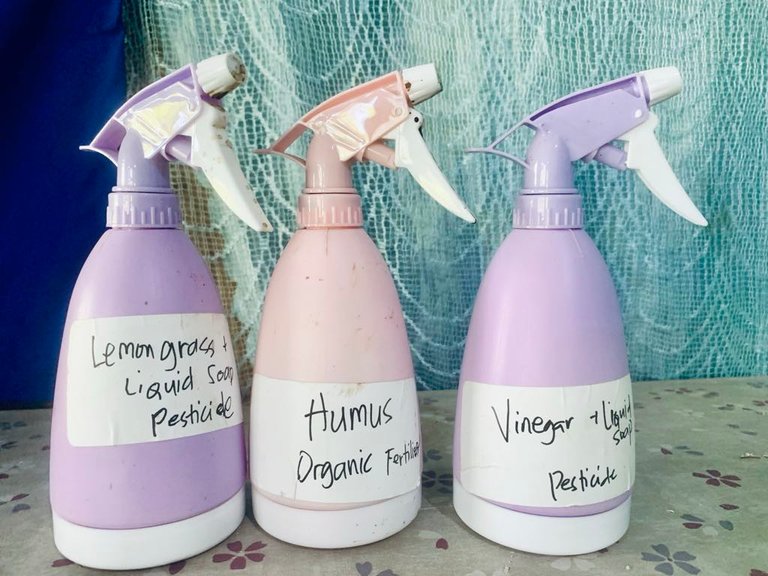
The benefits of our garden extend beyond just having fresh vegetables for meals. The students take pride in their work, and it is heartwarming to see their excitement when it’s time to harvest. After picking the vegetables, they are often turned into delicious dishes in our school kitchen. Whether it’s a simple vegetable stir-fry or a nutritious soup, our students enjoy cooking and sharing the food they grew themselves.
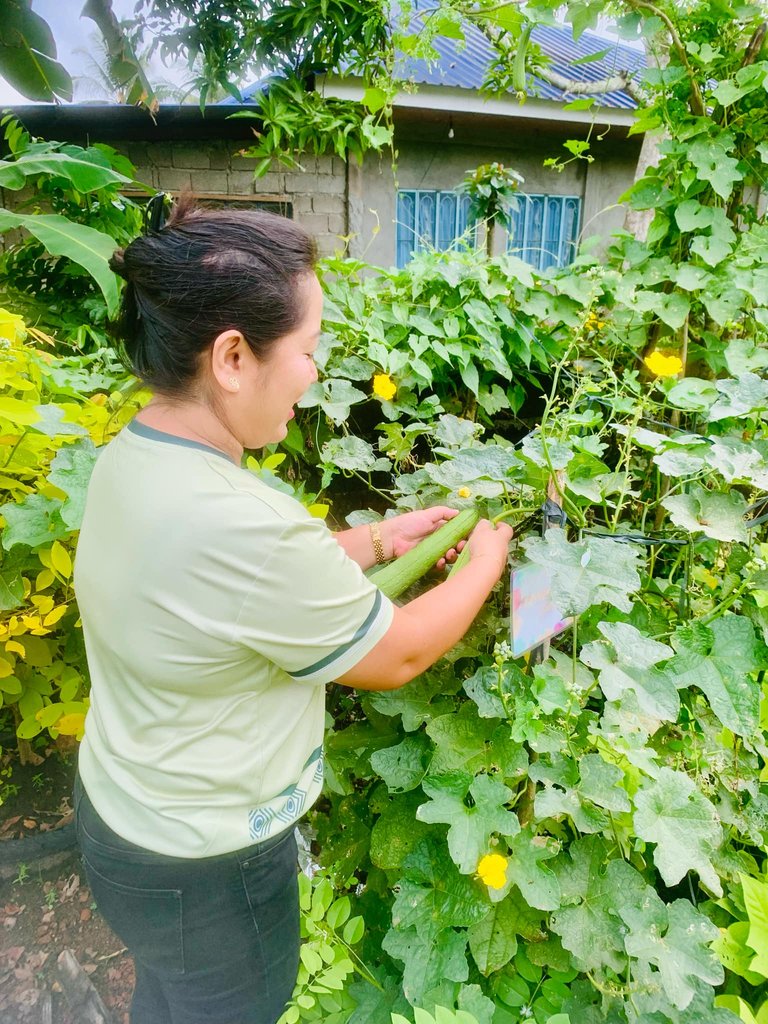
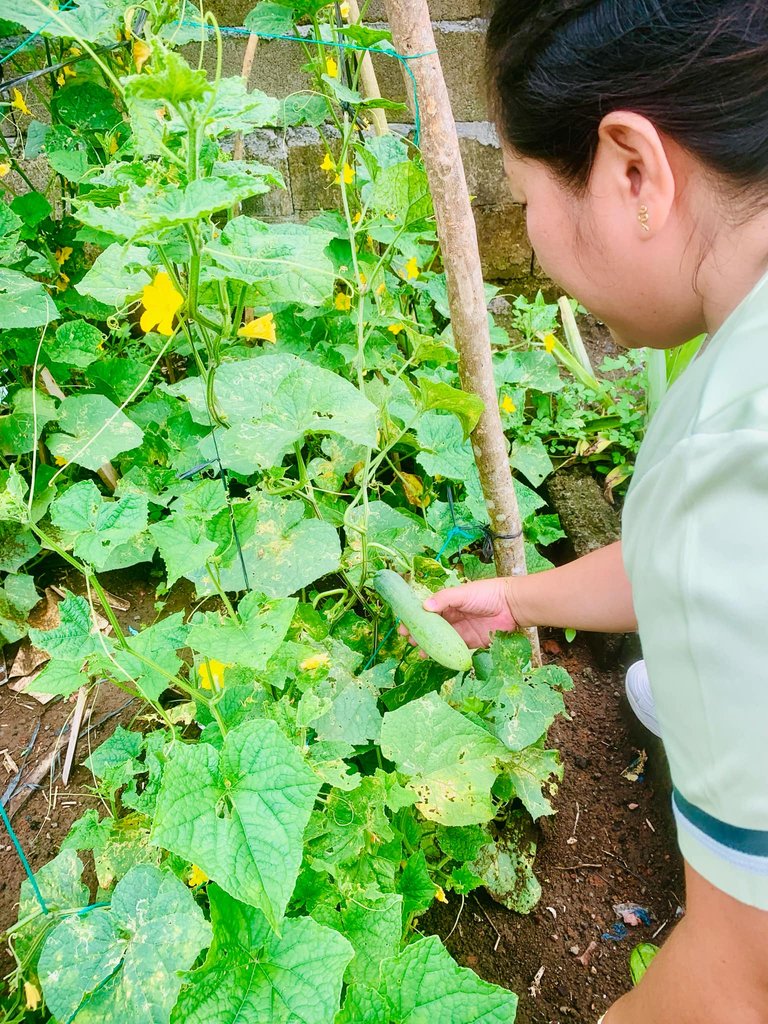
The school garden is not only a place to grow food but also a place to grow minds. It teaches students important life skills such as how to care for plants, how to work together, and the importance of eating healthy, locally grown food. It also gives them a sense of accomplishment when they see the direct results of their efforts. The garden is a place where students can see, touch, and experience the cycle of life, from planting a seed to harvesting a crop.

In conclusion, our school garden is a wonderful example of how a simple initiative can have a big impact. It brings the community together, teaches valuable lessons, and provides fresh, healthy food for the students. I am proud of how our garden looks and how much the students enjoy being a part of it. It is a true testament to the power of nature, teamwork, and learning.

I hope you enjoyed my article and continue to follow my incoming blogs.
Thank you :).
